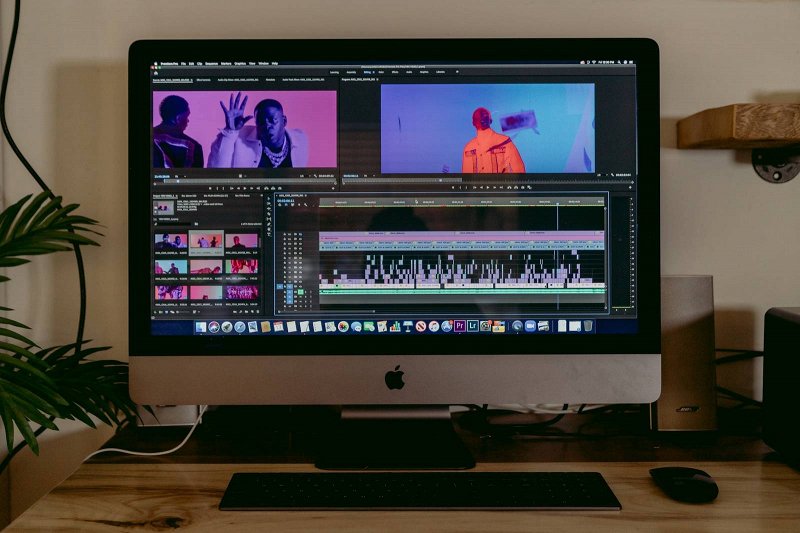Basic Video Editing Terms: Part 2
Terminology is integral to any professional activity, be it science, art, or any other field. Knowing the meaning of specific words, understanding them, and being able to use them is a must.

Video production vocabulary for beginners
In the previous part, we reviewed some interface-related terminology. This time we will discuss some video editing terms and definitions you should know before you start working on a project. Let’s dive into it!
Terms related to technical properties of the video
Footage is everything captured using the camera; in other words, it’s a raw material that you will work with.
The aspect ratio determines the proportions of the image on the screen. For example, if the video is intended for viewing on an old TV, it is better to choose an aspect ratio of 4:3, and for a modern widescreen TV, the aspect ratio of 16:9 will look nicer. Thus, by choosing an appropriate aspect ratio, you can resize the video to be viewed in certain conditions.
Video compression determines how heavily the visual information in a video file is packed. A higher bitrate provides a better result, but it takes more time for the final processing. The degree of compression also determines how much disk space the finished file will take up: the higher the quality, the larger the file size.
Resolution is the size of the image in pixels. The higher the resolution, the more pixels in the image. The resolution directly depends on the quality of the camera on which the video is shot. Using the highest resolution available is advised, then the video won’t lose too much of its quality if you have to reduce the frame size.
A codec is a tool or a program for encoding and decoding video files during recording and playback. Popular recording formats include XF-AVC, HEVC/H.265, MJPEG, and others. Some codecs, such as XF-AVC, provide excellent image quality and acceptable file sizes. Others, like the high-performance HEVC/H.265 video codec, provide even higher compression ratios.

Definitions of basic helpful functions
Opacity determines how visible the image is. If this parameter is set to 100%, the image will be completely opaque; if its value is 0%, the image will be completely transparent (in other words, it will not be visible).
Transparency allows you to set the degree of transparency of the image in the range from 0 to 100%. The lower the value, the more transparent the image. Transparency is often used in effects such as fades ins and outs. This parameter is also directly related to opacity.
Cropping is the process of cutting out an unnecessary part of the frame. It will come in handy in situations when, for example, you were filming an object and people passing by got into the frame. Cropping can be used to make sure that only the main object remains in the frame.
The export function helps you convert your project to another format. Modern editors offer many different formats to choose from, and some editors also have the ability to save the project in GIF or audio format.
Letterboxing is making a widescreen video into a standard width format while maintaining its original aspect ratio. It shows up as black bars on the sides of the video. They don’t have to be black specifically, though, as any color can be used when applying the letterbox effect. These bars are also a great place to add captions if needed.
Trimming helps with getting rid of excess footage in the video. This is the process of cutting out parts that are not needed in the final result.
If you need to attach an audio clip or captions to a video or image file, the snap feature will help you. While snapped, the parts will remain linked throughout the editing of the project, and they can be moved simultaneously.
With filters, you can show the unique mood of your video, overlay different shapes and apply artistic effects to it. Modern editors present a variety of different filters and effects for every taste.
The process of creating a video is very engaging, but sometimes even a few-minute-long film can take a lot of time and use various functions to make. Of course, practice helps in speeding up the process, but knowing the theory before you start will also save you a lot of time.



